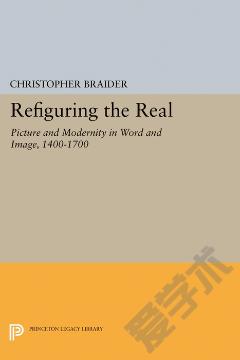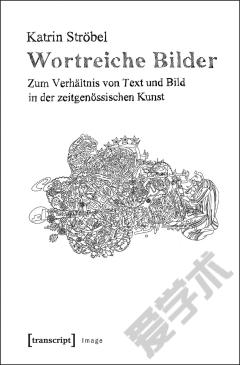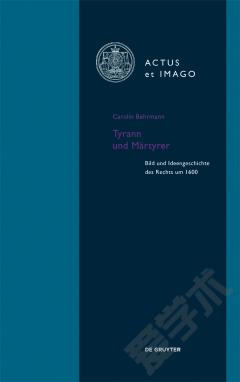Refiguring the Real —— Picture and Modernity in Word and Image, 1400-1700
----- 重塑现实:在文字和图像画面与现代、1400-1700
In a major analysis of pictorial forms from the late Middle Ages to the Enlightenment, Christopher Braider argues that the painted image provides a metaphor and model for all other modes of expression in Western culture--particularly literature, philosophy, religion, and science. Because critics have conventionally explained visual images in terms of verbal texts (Scripture, heroic poetry, and myth), they have undervalued the impact of the pictorial naturalism practiced by painters from the fifteenth century onward and the fundamentally new conception of reality it conveys. By reinterpreting modern Western experience in light of northern "descriptive art, " the author enriches our understanding of how both painted and written cultural texts shape our perceptions of the world at large. Throughout Braider draws on works by such painters as van der Weyden, Bruegel the Elder, Steen, Vermeer, Rembrandt, and Poussin, and addresses such topics as the Incarnation of the Word in Christ, the elegiac foundations of Enlightenment aesthetics, and the rivalry between northern and southern art. His goal is not only to reexamine important aesthetic issues but also to offer a new perspective on the general intellectual and cultural history of the modern West.
{{comment.content}}








 京公网安备 11010802027623号
京公网安备 11010802027623号